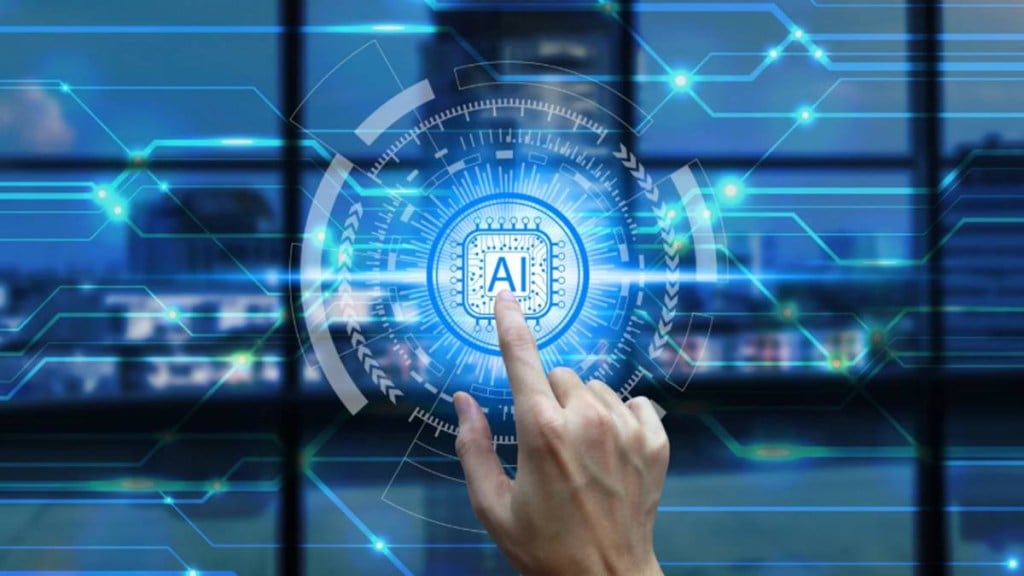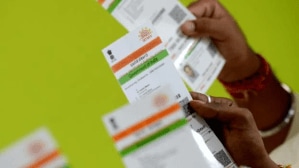India’s AI ecosystem may be expanding at a reasonably fast pace, but the technology community feels that progress without inclusion could deepen inequality. At the Bengaluru Tech Summit 2025 on Wednesday, founders said the country must build domestic AI models rooted in local languages, industrial needs and affordable cloud infrastructure. They said that the question is not whether India will adopt AI, but whether every citizen and business will be able to access it.
This came most clearly from Sarvam.ai co-founder Vivek Raghavan, who stressed that capability without reach is a recipe for exclusion. “The AI divide, if we are not careful, can be much worse than the digital divide. We all know that in our lives we can have significant efficiencies and improvements in what we do. But that needs to go to everybody,” he said. For him, India’s next leap must ensure AI is not reserved for the top tier of society and industry.
What do Indian AI leaders say?
Gnani.ai co-founder Ananth Nagaraj added that AI is quickly shifting from advantage to necessity, and that the country cannot depend on systems trained for foreign conditions. “AI for people who are less privileged than us is something we need to build. It is no longer going to be just a good-to-have tool but will increasingly become a necessity,” he said. He explained that the pressures of deploying AI at India’s scale make global models inadequate. Gnani.ai processes around 100,000 audio calls every second,which is nearly 10% of the country’s voice traffic, while keeping response times under 150 milliseconds across speakers who switch between two or three languages, compressed audio quality on 2G and 3G, and heavy background noise. “In any other market the complexities would be far lesser,” he said.
Language, unsurprisingly, emerged as one of the strongest arguments for domestic AI. BharatGPT founder Ankush Sabharwal said the platform is already supporting more Indian dialects than the world’s largest tech companies. “The kind of languages we support are more than popular global tech platforms. We are ahead in terms of accuracy of different dialects, use cases and domains, although there is a lot more still left to do,” he said, adding that more than 50,000 developers and researchers are currently building on its ecosystem.
Startup founders expand on the need for localisation
The need for localisation is not limited to consumer access. Zeneteiq founder Shashikumaar Ganesan said that India’s deep-tech sectors demand AI that can reason scientifically rather than predict statistically. “When it comes to scientific reasoning, existing transformer models cannot deliver physically consistent, mathematically verifiable responses. Existing probabilistic based next-token prediction is of limited use here,” he said, pointing to energy, electric vehicles and manufacturing as examples where accuracy and verifiability matter more than fluency.
Infrastructure remains the final bottleneck. Karan Kirapalani, chief product officer at Neysa, said that the shift from enterprise to consumer deployment can make cloud costs prohibitive. “While Indian enterprises today function on Azure and AWS for internal applications, cloud costs go exponentially high when you look to deploy consumer-facing solutions,” he said. To relieve supply pressure, Neysa is building a 400-megawatt data centre with 25,000 GPUs, which is equivalent to the government’s India AI Mission Phase 1.








